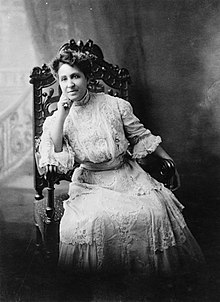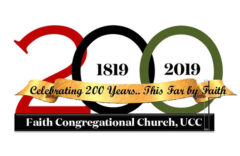by Ama Ansah AUGUST 16, 2018 National Women’s History Museum

In the lead-up to the 100th anniversary of women gaining the right to vote, images from the 1913 Suffrage March on Washington, DC. have begun to make their rounds on social media. In the wake of the 2017 Women’s March, news outlets and bloggers drew visual and ideological comparison between the crowds packing Pennsylvania Avenue. Yet photographs do not tell the entire story. While African American women participated in the march, they are almost entirely absent from event photographs. This is not by accident. Both then and now, African American women have been erased from the narrative of women’s suffrage in America.
Since the mid-19th century, African American women fought for the right to vote while facing discrimination from white suffragists who did not want their movement associated with women of color. Carrying, as suffragist and African American activist Mary Church Terrell said, the “double burden” of Blackness and womanhood, African American women approached the suffrage movement with different objectives than their white counterparts. Painfully aware of the restrictions on Black male voting in the south and the social, political, and economic challenges facing their communities, Black women saw their enfranchisement as an opportunity for community uplift as well as personal recognition of citizenship.
In The Crisis, Du Bois challenged suffrage leaders’ racist actions. When the National American Woman Suffrage Association ( NAWSA) president Shaw claimed in 1911 that “all Negroes were opposed to woman suffrage,” Du Bois opposed the “barefaced falsehood” and criticized the organization for its poor outreach to Black communities. When Shaw responded, claiming that Blacks were not discriminated against in NAWSA, Du Bois countered with instances of discrimination at the most recent annual meeting. Yet Du Bois encouraged his readers to support the movement, despite its obvious shortcomings. “We tend to oppose the principle [of women’s suffrage] because we do not like the reactionary attitude of most white women toward our problems. We must remember, however, that we are facing a great question of right in which personal hatreds have no place,” Du Bois wrote in 1915. Editorials in The Crisis not only named and shamed suffrage leaders who did not support women of color but warned its readership of regressive views from an otherwise progressive movement. Read the entire article HERE.
16 total views , 1 views today
